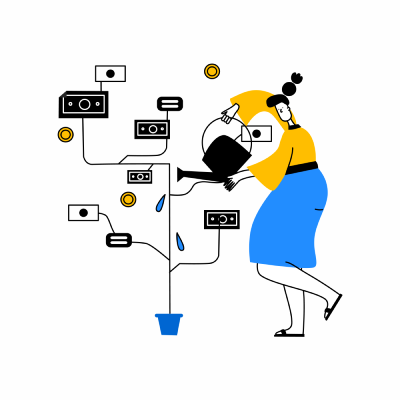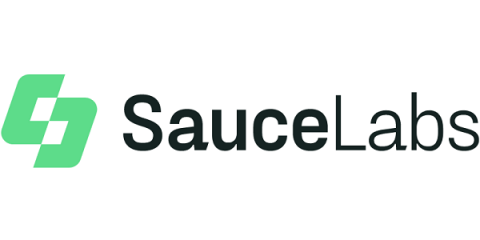Systems | Development | Analytics | API | Testing
Latest News
What's New In Loadero (November 2020)
November was a big month for Loadero in terms of updates. We were working on the compute units feature for a long time and are very happy that now we provide our customers even more control over configuring test participants. We improved our test runner stability and made some important fixes. We are proud to share what has been updated and are sure that this will help you to run even better tests with us.
Should You Build A Test Automation Framework From Scratch?
Frameworks are crucial for any automated testing process in a software organization. They not only reduce the testing efforts and maintenance costs but also increase the return on investment (ROI) of an organization who is looking to optimize their agile processes. A well-designed test automation framework makes it easier to continue running and improving the system consistently.
Fast & Curious: Find and Fix Slow Queries & API Requests
AppSignal was built because we were tired of slow and clumsy monitoring setups. Instead, we built monitoring that’s easy yet powerful - an intuitive interface enables you to figure out what’s happening in no time. Today, our team made finding slow events effortless. We’ve fully overhauled our slow events feature, helping developers to quickly find and fix slow queries and API requests.
Rest vs SOAP: The Key Differences You Need To Know
When choosing between these two popular web API (application programming interface) formats it can be surprisingly difficult to know which one you should select for your infrastructure. Although both Rest (Representational State Transfer) and SOAP(Simple Object Access Protocol) share attributes in common with how they handle HTTP protocols, there are a number of key differences as discussed in this article.
Solution Architect: Become the Ultimate Problem Solver
There's an old XKCD cartoon that describes a conversation between a manager and a software developer. This kind of conversation happens all the time. Business leaders know their strategic goals. IT people know what the tech can do. But aligning goals with technology is an ongoing challenge.This is where solution architects come in. They act as a bridge between the business and technical side, and they figure out how to get things done.
Cloudera Operational Database Infrastructure Planning Considerations
In this blog post, let us take a look at how you can plan your infrastructure planning that you may have to do when deploying an operational database cluster on a CDP Private Cloud Base deployment. Note that you may have to do some planning assumptions when designing your initial infrastructure, and it must be flexible enough to scale up or down based on your future needs.
What's wrong with Victoria's use of COVID data
I've been an avid watcher of COVID stats in Victoria because it has a real outcome for us - it tells us when we'll come out of lockdown. From this, I’ve had three take outs about how not to manage with data.
Leveraging Docker Containers to Manage Sauce Connect Tunnels
Sauce Connect Proxy™ is a built-in HTTP proxy server that opens a secure "tunnel" connection for testing between a Sauce Labs virtual machine or real device and a website or mobile app hosted on your local computer ("localhost") or behind a corporate firewall. It provides a means for Sauce Labs to access your application or website.
Beware of Creating a New Legacy of Artificial Intelligence Silos
Although the issue of silos in IT and data management are well known, companies appear to be falling back into this trap by not distributing their artificial intelligence (AI) and machine learning (ML) capabilities across their business. New research from Qlik and IDC revealed that just 20 percent of businesses widely distribute these capabilities across the organization.











